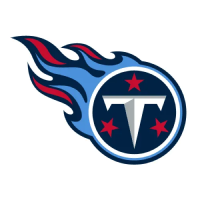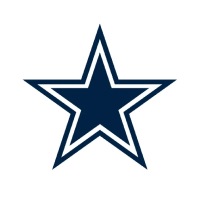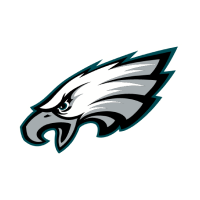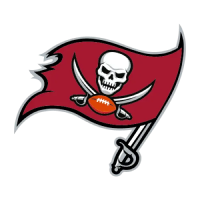Usually, when a team sees their rookie running back end their first year in the NFL as one of the most productive—like averaging 6.23 yards per carry on about 20 carries per game productive—ball-carriers in the league you’d expect that team to really take advantage of that production, especially with such a young guy. That has not been the case with the Colts and their use of Jonathan Taylor, most noticeably in last week’s game in Nashville.
Taylor entered the Week 3 matchup with the Titans after two weeks against the Seattle Seahawks and Los Angeles Rams that saw a dip from the production we saw at the end of 2020. Then in Tennessee, he averaged 6.4 yards per carry on just 10 total carries and no touchdowns. There must be a reason for his lack of touches despite the yardage he was getting, so let’s examine what’s going on in Indianapolis.
First, the Colts’ record of 0-3 gives us some insight into why they haven’t often been favoring their running game. In their first three games, Indianapolis has often found itself facing an early deficit. They have yet to end a quarter holding a lead this season, and their need to score—and score quickly, especially later in the game—has pushed the Colts to stick to their passing game. To that end, Indianapolis ranks 21st in the NFL in rushing play percentage, with 38.3% of all plays being on the ground.
Related to the need for passing is the defined role Taylor has had in contrast to that of fellow Colts back Nyheim Hines. Hines has clearly been the bigger pass-catching threat out of the backfield over the last two years. He finished the 2020 season with 76 targets, nearly twice as many as Taylor had (39) despite starting in just two games last season. With so many scoring deficits this season, Hines has continued to enter games on passing downs and he’s already seen more targets than Taylor in each game.
Injuries have been a part of the departure from the run game as well, as their elite-when-healthy offensive line has caught the injury bug this season. Of their five starters, only one of them—right guard Mike Glowinski—hasn’t had to miss time since the start of 2021 training camp. Without all of their starting blockers healthy, the Colts’ ability to run the ball effectively is considerably diminished.
If all of those aren’t enough to explain the difference in production from last year to this year, we could also point to a significant personnel change at the Colts’ most important position: the transition from aging, soon-to-be-retired Philip Rivers to the younger, strong-armed Carson Wentz. When Indianapolis traded for Wentz this offseason, their 2021 plan probably wasn’t to have him hand the ball off over and over. They’ve struggled to recapture the deep-throw pass game they had with Andrew Luck since his retirement, and Wentz had the opportunity to come in and give the Colts more of a deep-bomb passing threat than what Rivers was in his final NFL season.
I believe that we’ll see more from Taylor on Sunday against the Miami Dolphins, and if he performs, that trend could continue the rest of the season. Wentz has yet to fully recover from two sprained ankles, so he still won’t be as mobile. With the diminished offensive line in front of him that’s already been leaky in pass protection this year, Wentz’s lack of mobility could prove to be even more detrimental to Indianapolis’ passing game. Additionally, Miami has struggled to stop the run so far. They’ve already allowed two 100-yard games from opposing running backs in just three games, including a 111-yard performance from Raiders third-stringer Peyton Barber. After Taylor’s impressive production on limited touches last weekend, he deserves to get more touches in Miami on Sunday.
The Colts are 0-3, so something’s gotta give. Getting Taylor more involved just makes sense.
Filed In
Related Articles
NFL Draft
Arik Gilbert Doesn’t Need Big Workload To Be A Top NFL Draft Pick
- Aug 22, 2022
NFL Draft
2023 NFL Mock Draft: Marino 1.0
- Aug 22, 2022
Written By


































